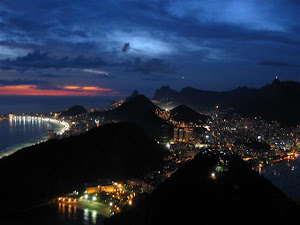


El futuro de Los Cedros no está seguro! Pero Los Cedros sigue siendo precioso!
Pero Los Cedros sigue siendo precioso!



 ¡Viva Los Cedros!
¡Viva Los Cedros!The rain was coming down hard, and it was one of those bus rides where the windows were so fogged up on the inside that it was impossible to see what was happening on the outside. Nonetheless, with the rain and the darkness of the fast approaching night, it may have been difficult to see anyhow. What is more,
no hubo luz, there was no electricity in the small and desperate looking buildings. Perhaps than it is understandable that I missed the stop in Chontal and ended up traveling to the next stop on the new road along the Guayabamba River.
Ay, la gran p**a, me equivoqué! I should have gotten off in El Chontal, but the immense friendliness of the people in the northwest corner of Ecuador became immediately obvious. Getting off in Magdalena Baja (which twelve years ago was not even an actual town!) was made easy by a young local who showed me how to get to the Hormiga Verde and arrange lodging for the night. As well, I was actually better positioned to make the hike up to Los Cedros the following morning, using the well established mule trail that I had hiked so many times before. The road and electricity and phone were all new since my last visit twelve years ago, but some things had not changed that much just yet.
Twelve years! Twelve years come and gone. For all the traveling that I have done, and the many trips I have made back to places that I have worked and adventured, it is still remarkable when I return to a place that I have known intimately before. The
Bosque Protector Los Cedros (previously the Reserva Biológica Los Cedros) is easily one of the most beautiful and inspiring forest landscapes that I have ever known. Twelve years ago, following the guidance and motivation of friends and colleagues, I ended up in Los Cedros working as an all-purpose volunteer. On that first trip to South America I spent the better part of 6 months up in Los Cedros, a protected forest area that borders the famous Cotacachi-Cayapas Ecological Reserve. Los Cedros is a classic private conservation initiative (that now enjoys a unique public-private partnership due to ongoing difficulties in securing land title) in the buffer zone of a globally important protected area. Birdlife International rates Los Cedros as one of the most important private conservation efforts in Ecuador. And finally, twelve years after my volunteer stint, I was returning to visit, pay tribute, and measure the changes to the reserve and the area.
If there is one thing that is certain, regardless of the slow pace at which change in the area around Los Cedros is occurring, it is that change is happening. The pressure is on all around Los Cedros, the pressure of illegal logging, the pressure of forest clearing for grazing and agricultural activity, and the looming pressure of large scale copper mining (see some of the coverage
in Upside Down World for detailed accounts of
the Ascendent Copper mine issue). Yet Los Cedros retains its wild essence, and continues to be a remote and spectacular ecotourism and rainforest conservation science destination.
Los Cedros will not always be as remote as it has been. The hike up to the reserve is famously grueling, with about a thousand meters of elevation to be gained on an often times extremely muddy and hammered livestock trail. Yet the road is being punched in to Magdalena Alta (the miracle in my mind is that twelve years later the road has not yet actually arrived to Magdalena Alta!) and there are more and more people living in the area, including potential squatters up some of the more difficult to reach drainages that pour out of the western extremes of the 6000 plus hectare protected forest. What is more, the threat of large-scale copper mining in the region is real, with untold potential negative impacts on forest and wildlife conservation in the area (without exploring potential social impacts).
I am fortunate to have had experience in Los Cedros. My time there previously was special, before the age of widespread Internet and cellular phones, and allowed me to develop an intimate relationship with the cloud forest and the submontane tropical rainforest that cloaks the steep and mountainous terrain of the Chocó region, the wettest and most diverse rainforest region in the Americas. I was once two months up in Los Cedros without coming down, one of my more extended periods in wild country, period. Such experiences are unique, and unrepeatable. Perhaps my brief visit now is tame in comparison, but I am thankful for having motivated to get back up to Los Cedros and reigniting my passion to support this project.
Speaking of supporting this project, there are three people that I want to thank here, for their dedication to Los Cedros and for their wonderful ability to instill in me a commitment to working for the long term care of this place and important conservation effort.
I want to thank Tim Metz for his long-term willingness to literally put his money where his mouth is. Tim is perhaps the single most important benefactor to the Los Cedros project, and I admire and appreciate his willingness to make Los Cedros a success.
Murray Cooper deserves appreciation for giving such an aesthetic touch in the development of the facilities at Los Cedros. Murray is probably the one person who put Los Cedros on the global tropical rainforest conservation map, and is the person who showed me the way to get there.
And last, but certainly not least, I want to give props to José DeCoux, the live-in guardian of Los Cedros, the man who got the whole project up and going. José is a madman, an expatriate rainforest dweller who has committed himself in profound terms to Los Cedros. His staying power and presence is what most has kept Los Cedros in the largely pristine state that the reserve still celebrates. It was great to make contact with José again during my visit, and I truly do aspire to contribute positively to the ongoing stewardship of this tremendous forest protection project.
¡Viva Los Cedros! It is our favorite forest protection project in the world! No one with an eye for wild country who makes the trip to Los Cedros can avoid falling in love with the place. My love for Los Cedros has been rekindled, and my amateur photos will only shine a weak light on why it is that we love Los Cedros so much. The birds, the flowers, the grandeur of the forest, the ability to drink of the freshest water in the Andes directly from the river, these are the qualities that we celebrate and that we continue to strive to preserve.
Feel free to join us in our efforts to make Los Cedros a continued success, contact me through this blog to support the legal defense fund and the infrastructure work that will allow Los Cedros is to achieve its goals in the next twelve years, just as the project has had so much success in the last twelve years. At the very least, if you are going to Ecuador make Los Cedros an essential stop on your visit. You will be glad you did.
























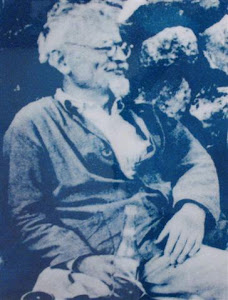.jpg)


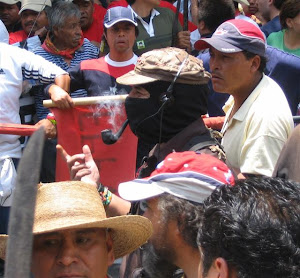.jpg)
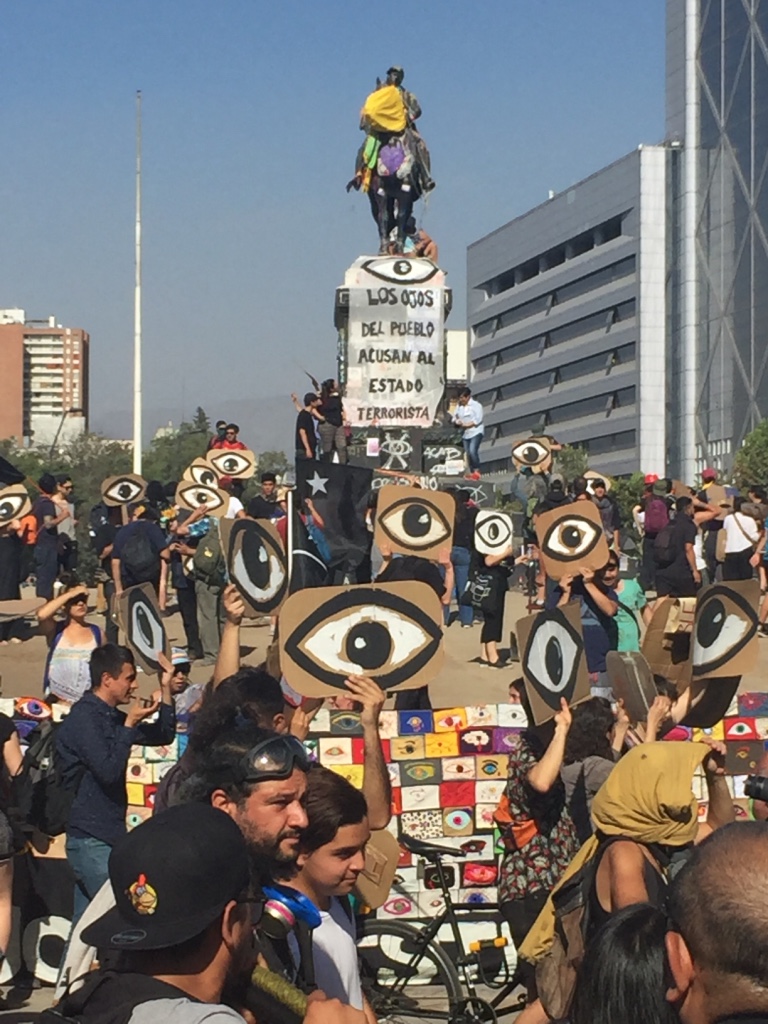
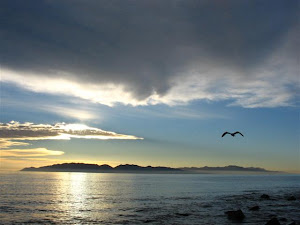


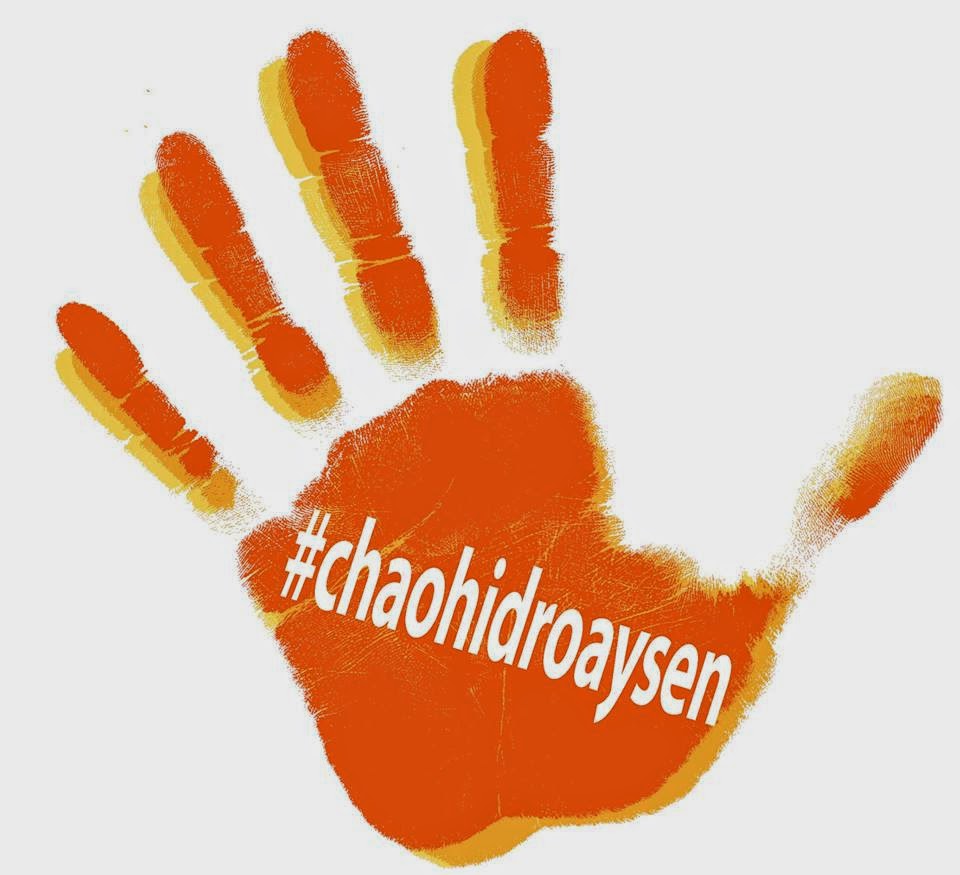
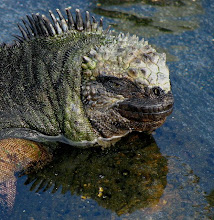
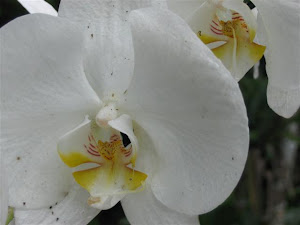

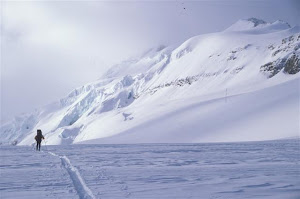
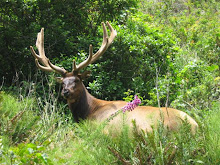
.jpg)
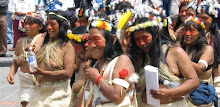.jpg)
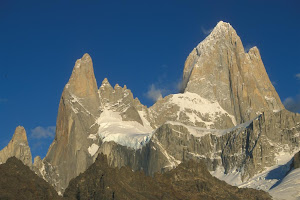.jpg)
